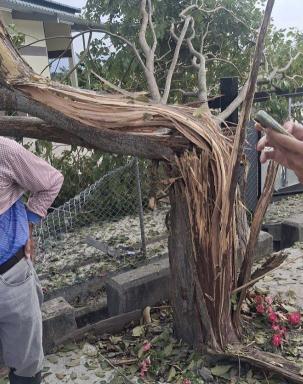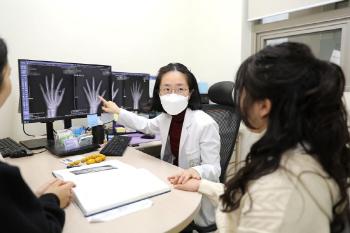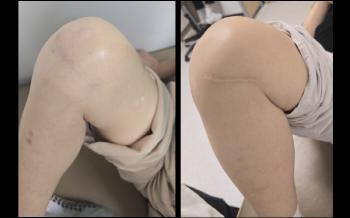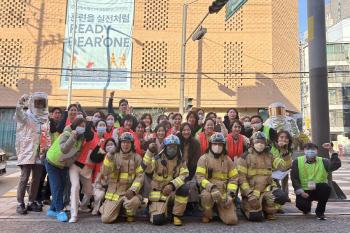The child is having a hard time breathing...Neonatal dyspnea syndrome, avoid unnecessary cesarean section
|
In this case, it is likely to be a symptom of 'newborn dyspnea syndrome', a disease that occurs mainly in premature infants due to immature lungs, and the survival rate varies greatly depending on the timing of treatment.
Neonatal dyspnea syndrome is caused by a lack of a 'lung surface activator' that inflates the lungs due to less lung growth. Just as it is difficult to breathe when blowing tough and small balloons, lungs lacking lung surface activators do not open well, making it difficult to breathe. The earlier the child, the greater the risk, and the incidence rate is 60 to 80% for those under 28 weeks of pregnancy. At 32 to 36 weeks, it can occur 15 to 30%, and rarely about 1% even in full-term infants. In general, boys have a higher prevalence than girls.
In addition to preterm birth, if the mother suffers from diabetes or the baby has a chest deformity or a birth diaphragm hernia, or if there is a protein gene mutation that makes lung surface activators, respiratory distress syndrome can occur even at full term. In addition, there are several causes, such as multiple births and maternal bleeding.
◇ Fast breathing and cyanosis are the main symptoms...In severe cases, your lungs look white
Difficulty breathing syndrome becomes difficult immediately after birth, and symptoms worsen over time. Examples include a baby's breathing rate faster than 70 times per minute, severe recessed breathing in which the ribs go inside when breathing, persistent apnea, grunting when breathing, and cyanosis of the lips or face turning blue.
The diagnosis is made through chest x-rays and blood tests along with clinical symptoms. X-ray results play an important role in diagnosis, and in severe cases, the lungs appear all white, making the boundary with the heart unclear.
Treatment uses medications artificially made with insufficient lung surface activators, and medications are administered directly to the lungs through tracheal intubation. In addition to lung surface activator treatment, conservative treatment is also performed along with appropriate breathing assistance such as mechanical ventilation and oxygen administration. Recently, it is recommended to first perform non-invasive breathing assistance instead of tracheal intubation and then selectively administer drugs as needed.
Professor Park Ga-young of the Department of Pediatrics and Adolescents at Soonchunhyang University Bucheon Hospital said "Clinical research and development on non-invasive administration of inhaled lung surface activators are being actively conducted at home and abroad."If the effect is proven in the future, the drug can be delivered to the lungs without tracheal intubation, which will help reduce the risk of complications."
◇Prenatal care and professional treatment increase survival rate...Avoid unnecessary cesarean section, etc
If premature birth is expected, the most effective prevention method is to administer steroids to the mother to help the baby mature in the lungs. This helps reduce severe respiratory complications as well as neonatal dyspnea syndrome. If childbirth is imminent between 24 and 36 weeks of pregnancy, it is recommended to receive steroids within 1 week of delivery. In addition, it is advisable to avoid medically unnecessary cesarean section or unreasonable induced delivery before delivery progression.
When high-risk mothers or premature births are predicted, it is important to deliver at a hospital where both mothers and newborns can be treated, or to a hospital where specialized treatment is possible if a newborn shows symptoms of breathing difficulties after birth.
Professor Park Ga-young said, `It is more common than expected to show symptoms of breathing difficulties in late preterm infants or full-term infants who have already been born, and it may be difficult to distinguish them from relatively minor 'newborn transient fast breathing'. Therefore, high-risk mothers should choose a hospital that has a lot of experience in treatment not only for high-risk preterm infants but also for late preterm infants who are transferred to dyspnea, and can provide immediate and professional treatment for complications" he advised.
|
This article was translated by Naver AI translator.





